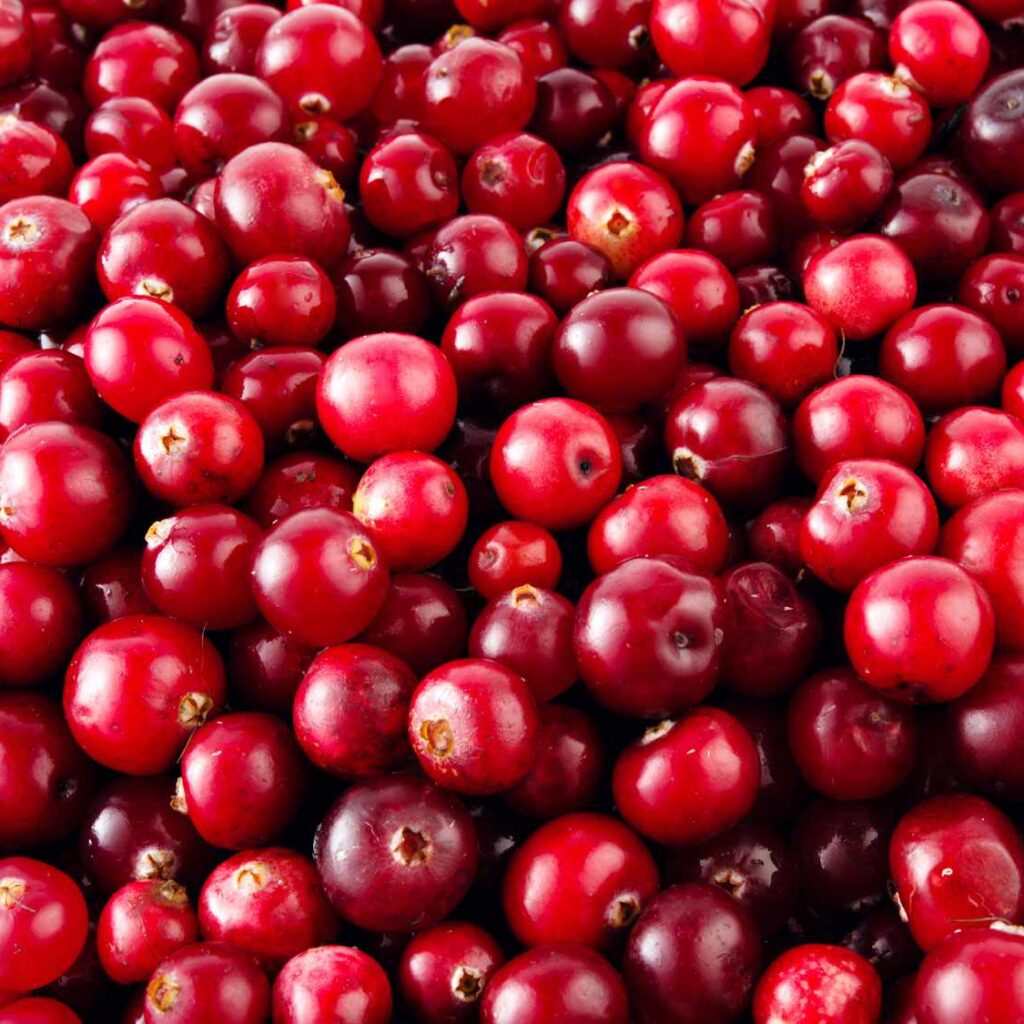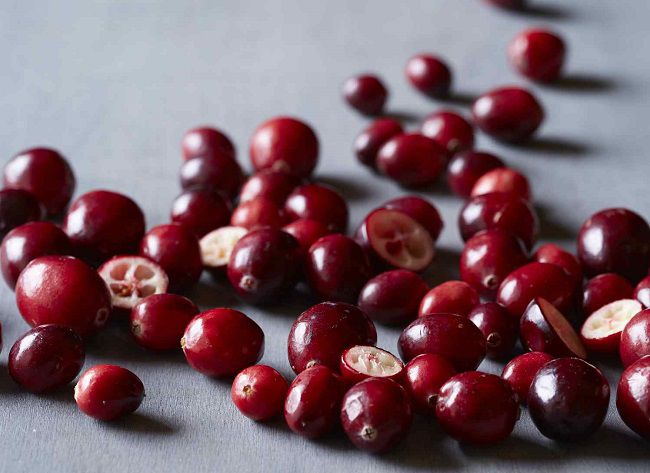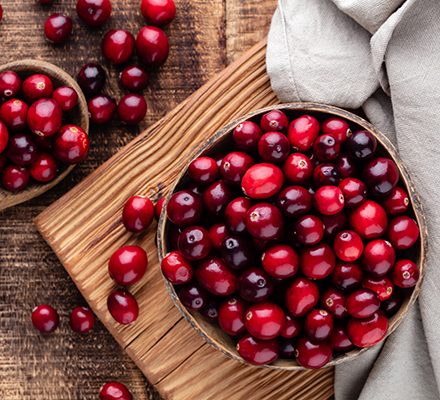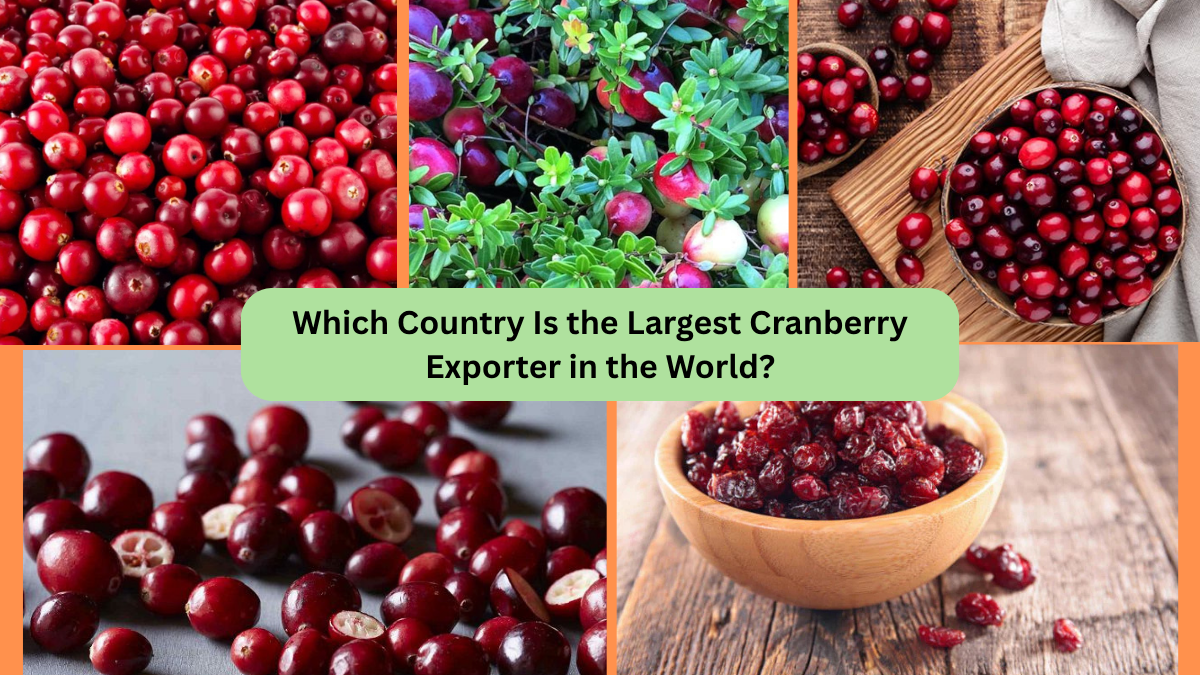Cranberries — those small, vibrant red berries with a uniquely tart flavor — have grown from their North American roots into a globally traded fruit prized for their flavor, health benefits, and versatility. From cranberry juice and sauces to dried cranberries in cereals and desserts, demand for this antioxidant-rich fruit continues to rise worldwide.
But when it comes to supplying the global market, one country stands well ahead of the rest. So which nation leads in cranberry exports? Let’s explore the facts, market dynamics, and global trade figures surrounding this remarkable fruit.
A Quick Overview of the Global Cranberry Market

Cranberries are primarily grown in temperate regions, with North America dominating both production and export markets. The fruit’s trade value comes not only from fresh exports but also from its processed forms — such as dried, frozen, juices, sauces, and purees.
As of 2024, the global cranberry market is valued at approximately US $4 billion, and cranberry consumption continues to grow steadily, especially in Europe, China, and emerging health-conscious markets.
The United States: The World’s Largest Cranberry Exporter
Unsurprisingly, the United States holds the title of the largest cranberry exporter in the world.
Key Export Statistics:
- In 2023, the U.S. exported cranberries valued at over US $267 million, which accounted for over 46% of total global cranberry exports.
- Exports included both fresh and processed products, though processed cranberries (like sweetened dried cranberries and juice concentrate) make up the bulk of U.S. cranberry trade.
- Major export destinations include Canada, Mexico, the European Union (especially Germany, the UK, and France), China, South Korea, and India.
Why the U.S. Leads the Global Cranberry Export Market:
Ideal Growing Conditions
Cranberries thrive in cool, acidic bogs and wetlands. The U.S. is naturally endowed with ideal regions for cranberry farming — particularly in states like Wisconsin (producing over 60% of U.S. cranberries), Massachusetts, New Jersey, Oregon, and Washington.
Large-Scale Cooperative Systems
The U.S. cranberry industry is driven by large grower cooperatives, notably Ocean Spray, which represents more than 700 farmers and processes a significant portion of the national cranberry crop.
Well-Established Processing Industry
The U.S. is home to some of the most advanced cranberry processing facilities, capable of producing a wide range of products — from juice concentrates and dried cranberries to cranberry powders and sauces.
Robust Export Infrastructure
Proximity to large markets like Canada and easy trade routes to Europe and Asia allow U.S. exporters to move cranberries quickly and efficiently.
Supportive Trade Agreements
Through agreements like the USMCA (United States-Mexico-Canada Agreement) and reduced tariffs with the EU, U.S. cranberry products enjoy favorable trade terms in major markets.
Canada: A Close Competitor

Canada holds the position of the second-largest cranberry exporter in the world.
Key Statistics:
- In 2023, Canada exported cranberries worth approximately US $111 million, accounting for around 19.5% of the global export market.
- Major destinations for Canadian cranberries include the United States, the United Kingdom, Germany, and China.
Canada benefits from a similar climate and geography to the U.S., with key growing areas in British Columbia, Quebec, and the Maritime Provinces. Canada’s cranberries are known for their high quality and are exported fresh, frozen, and as dried fruit and concentrates.
Other Notable Cranberry Exporters

Besides the U.S. and Canada, several other countries contribute to the global cranberry export market:
The Netherlands
- Acts primarily as a re-export hub in Europe.
- In 2023, exported cranberries and cranberry products worth approximately US $97 million.
- The Netherlands imports cranberries from North America and distributes them across EU nations.
Chile
- An emerging player in cranberry exports.
- Chile exported around US $33 million worth of cranberries in 2023.
- Thanks to its Southern Hemisphere location, Chile offers counter-seasonal supply when North American harvests are not available, supplying fresh and frozen cranberries to Europe and the U.S.
Germany
- A significant cranberry re-exporter and processor within Europe.
- Exported cranberries worth US $28 million in 2023.
Top 5 Cranberry Exporting Countries (2023)
| Rank | Country | Export Value (US $) | Global Share (%) |
|---|---|---|---|
| 1 | United States | 267 million | 46.5 |
| 2 | Canada | 111 million | 19.5 |
| 3 | Netherlands | 97 million | 17.0 |
| 4 | Chile | 33 million | 5.7 |
| 5 | Germany | 28 million | 4.8 |
Rising Demand and Export Trends

Increasing Global Consumption
Demand for cranberries is rising due to increased awareness about their health benefits — especially their high antioxidant content, anti-inflammatory properties, and benefits for urinary tract health.
Expanding Export Markets
The U.S. and Canada have successfully penetrated new markets, including:
- China, where cranberry juice and dried cranberries are growing popular as healthy snack options.
- India, with increasing consumption in urban centers.
- South Korea and Japan, where cranberries are valued in functional foods and health drinks.
Growth in Frozen and Dried Cranberry Exports
With perishable fresh berries having a short shelf life, processed products like dried cranberries and frozen cranberries now represent a significant portion of global exports.
Future Outlook

As the global demand for functional, health-promoting foods continues to climb, the international cranberry trade is expected to grow steadily. Some notable predictions for the near future:
- U.S. cranberry exports are projected to surpass US $370 million annually by 2026.
- Chile’s cranberry exports are forecasted to increase by 8–10% annually, especially into Europe and the U.S. offseason.
- Asian markets are expected to account for over 20% of global cranberry imports by 2030.
Conclusion
The United States remains the largest cranberry exporter in the world, leveraging its ideal growing conditions, extensive cooperative farming networks, advanced processing capacity, and strong trade infrastructure. Together with Canada, the Netherlands, Chile, and Germany, these countries dominate the global cranberry trade, supplying both fresh and processed cranberries to every corner of the world.
As global health trends and culinary innovation continue to boost demand for cranberries, especially in emerging markets like China and India, the future of cranberry exports looks bright and berry-rich.
Would you like me to draft a meta description, catchy social caption, or Pinterest-friendly title for this article too? Just let me know!Tools





